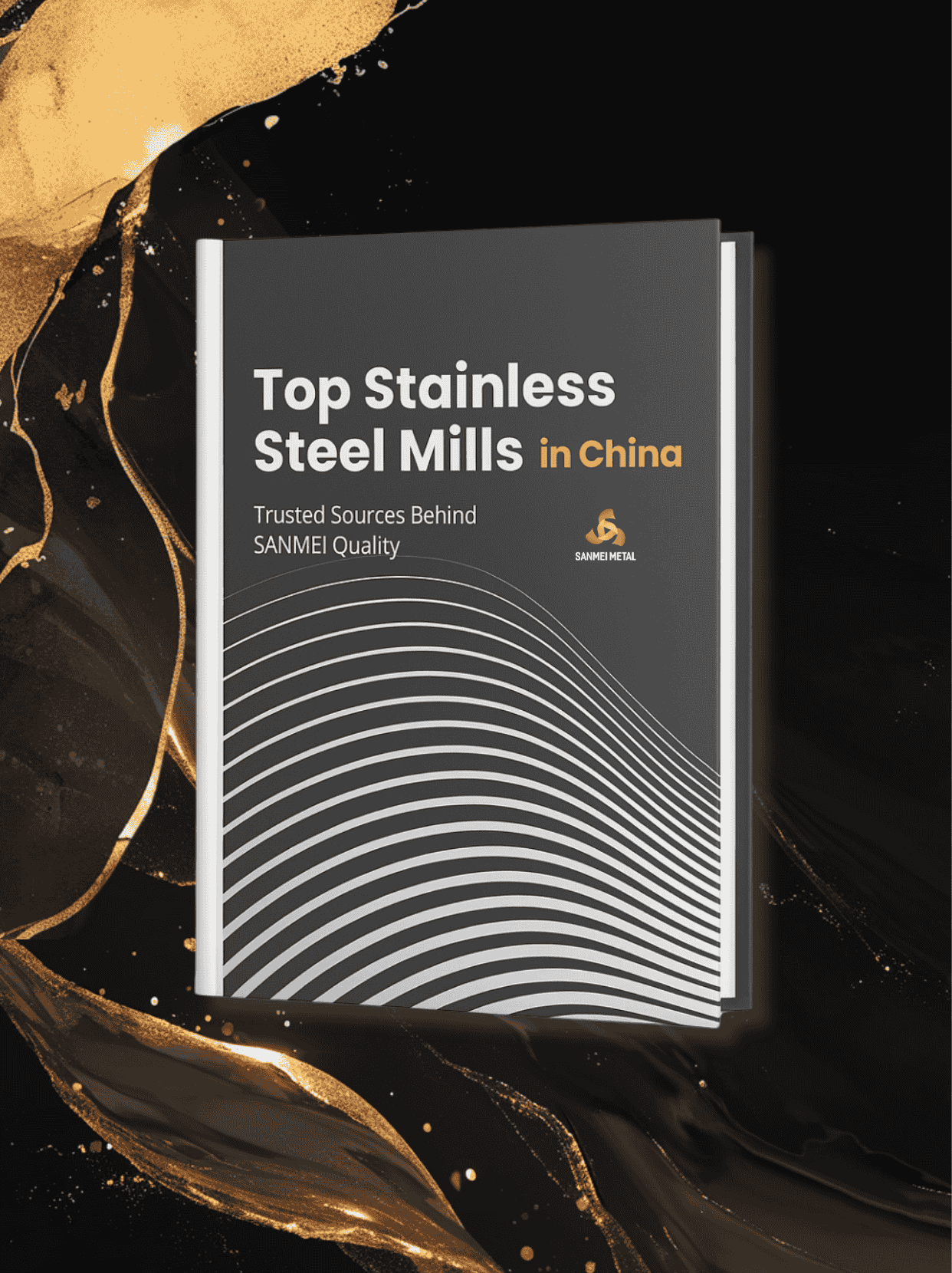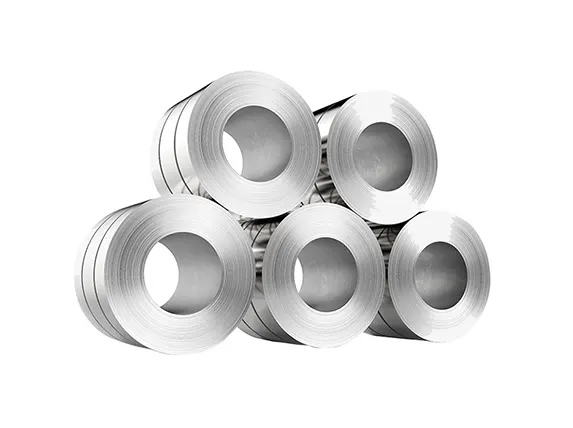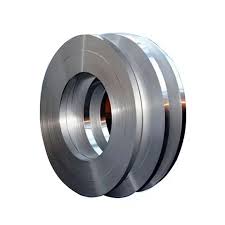
420 J1 스테인리스 스틸 프로파일


SS 420 J1 기본 정보
일반 속성
420J1은 탄소(C: 0.16-0.25%), 크롬(Cr: 12.0-14.0%) 및 기타 원소를 소량 함유한 화학 조성을 가지고 있습니다. 자성을 띠며 열처리 후 약 HRC52-55의 로크웰 경도까지 경화될 수 있습니다. 420보다 탄소 함량이 낮아 내식성은 우수하지만 경도는 낮습니다.
응용 프로그램
420J1 스테인리스 스틸의 일반적인 적용 분야로는 식품 조리 장비, 주방 칼날, 산업용 기계 칼날, 기계 부품, 수술 도구, 표준 내식성만으로 충분한 장식용 등이 있습니다.
기준
420J1은 스테인리스 강봉에 대한 JIS G4303, 열간 압연 스테인리스 강판, 시트, 스트립에 대한 JIS G4304, 냉간 압연 스테인리스 강판, 시트, 스트립에 대한 JIS G4305와 같은 국제 표준을 준수합니다.
스테인리스 스틸 420J1의 저항성
부식 저항성:
420J1은 탄소 함량이 낮아 420보다 내식성이 뛰어나며, 경미한 부식성 환경에 적합합니다.
내열성:
420J1은 실온에서는 내부식성이 우수하지만, 영하 온도에서는 연성이 감소하고, 과열 처리로 인해 고온에서는 강도가 감소하여 고온 환경에서의 성능이 제한적입니다. 420과 유사하지만 고온에서 경도 유지율이 낮습니다.
420J1형 스테인리스강 가공
가공성:
420J1은 풀림 상태에서는 기계 가공이 비교적 쉽지만, 경화되면 기계 가공성이 떨어집니다.
용접:
420J1은 용접이 가능하지만, 취성 및 저온 균열을 방지하기 위해 어닐링, 경화 또는 템퍼링된 상태에서는 용접을 피하는 것이 좋습니다. 용접 중 예열 및 층간 온도 조절 후 매우 느린 냉각과 용접 후 어닐링은 균열을 방지하는 좋은 방법입니다.
뜨거운 작업:
열간 가공은 420J1 스테인리스 강의 인성과 내마모성을 향상시킬 수 있습니다.
냉간 가공:
냉간 가공은 420J1의 경도와 강도를 높이는 동시에 표면 품질과 치수 정확도도 개선합니다.
가열 냉각:
어닐링은 840~900°C(1544~1652°F)까지 균일하게 가열하고, 온도가 단면 전체에 걸쳐 균일해질 때까지 유지하는 방식으로 수행됩니다. 소킹(soaking)과 냉각이 필요합니다.
템퍼링:
템퍼링은 경화 후 취성과 내부 응력을 줄이는 데 사용됩니다.
경화:
420J1은 950~1020°C(1742~1868°F)로 가열하고 온도가 단면 전체에 걸쳐 균일해질 때까지 유지한 다음 오일이나 공랭으로 담금질하여 경화할 수 있습니다.
420 J2 스테인리스 강의 물리적 특성
재산 | 값 |
밀도 | 7.75g/cm³ |
탄성계수 | 29 x 10^6 psi |
열팽창 계수(32-212°F) | 10.4 x 10^-6 인치/인치°F |
열전도도 | 24.9W/m·K |
비열 | 0.11 Btu/파운드·화씨 |
전기 저항률 | 56 μΩ·m |
420 J2 스테인리스 강의 기계적 특성
재산 | 값 |
항복 강도, 최소 | 225N/mm² |
인장강도, 최소 | 520N/mm² |
신장률, 최소 (%) | 18 |
경도(HRC) | 223 |
420 J2 스테인리스 스틸 화학 성분
요소 | 기음 | 시 | 민 | 피 | 에스 | 크 | 니 |
% | 0.16-0.25 | ≤1.00 | ≤1.00 | ≤0.040 | ≤0.030 | 12.00-14.00 | ≤0.60 |
Sanmei의 420J2 스테인리스 스틸 코일 및 시트 사양

코일용
| 유형 | 폭(mm) | 무게(MT) | 두께(mm) | ||||
| 420J2 코일 | 1000, 1219, 1240, 1500 또는 맞춤형 | 3-10 | 0.15-3.0 | ||||

시트용
| 유형 | 폭(mm) | 길이(mm) | 두께(mm) | |||||||||
| 420J2 시트 | 1000, 1219, 1240, 1500 또는 맞춤형 | 2000, 2438, 2500, 3000, 3048 | 0.3-3.0 | |||||||||
스테인리스 스틸 시트를 위한 다양한 장식 마감재
스테인리스 스틸 코일 표면 처리
완벽한 특수 금속 가공 서비스
당사는 고객 만족을 보장하기 위해 고객에게 최고의 고품질 서비스를 제공하고자 최선을 다하고 있습니다.

정밀 슬리팅
사용자 정의 길이 절단

양털 깎기

가장자리 트리밍

빈 생산

표면 연마

긴장 평준화

제작 서비스
신뢰할 수 있는 공급업체
권위 있는 기관으로부터 인증을 받았으며 모든 면에서 국제 표준을 준수하는 데 전념합니다.




우리의 에이스: 진심 어린 고객 서비스
고객 피드백은 회사의 품질을 가장 확실하게 반영합니다.
더 자세한 내용을 알아보세요
Sanmei Metal의 스테인리스 코일과 스테인리스 시트에 관한 더 많은 기술 참고 자료를 확인해보세요.















